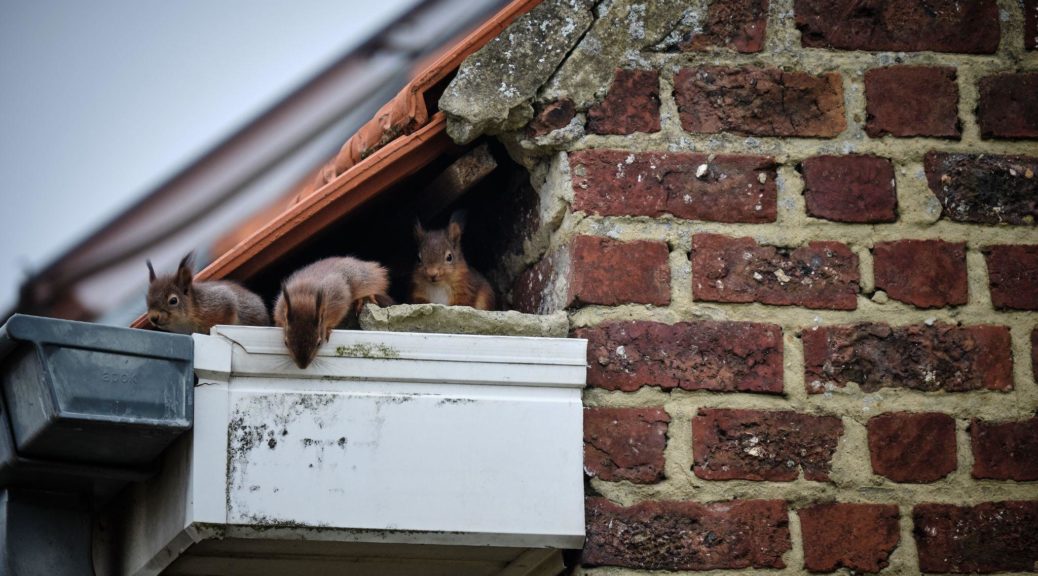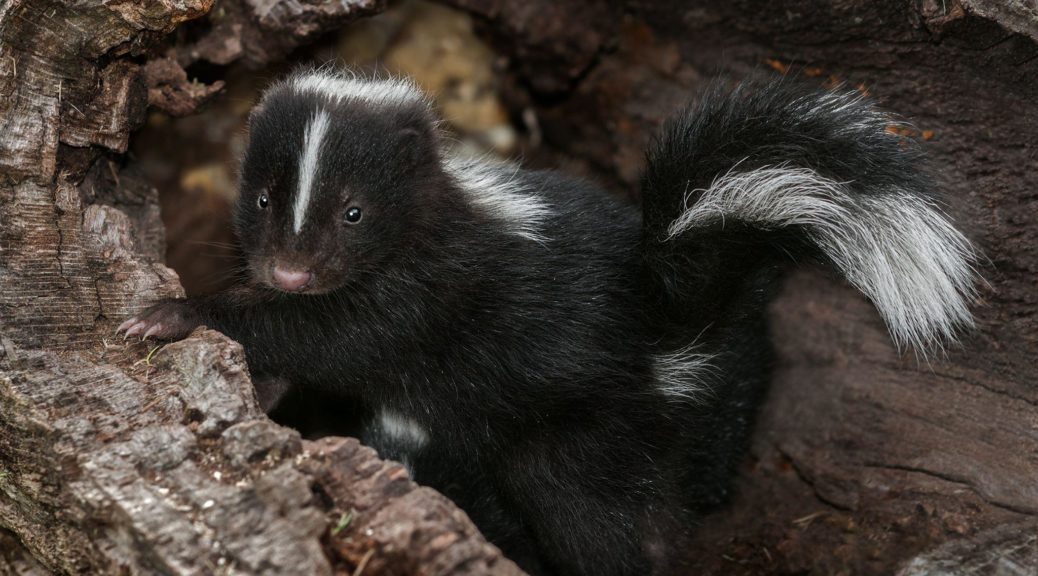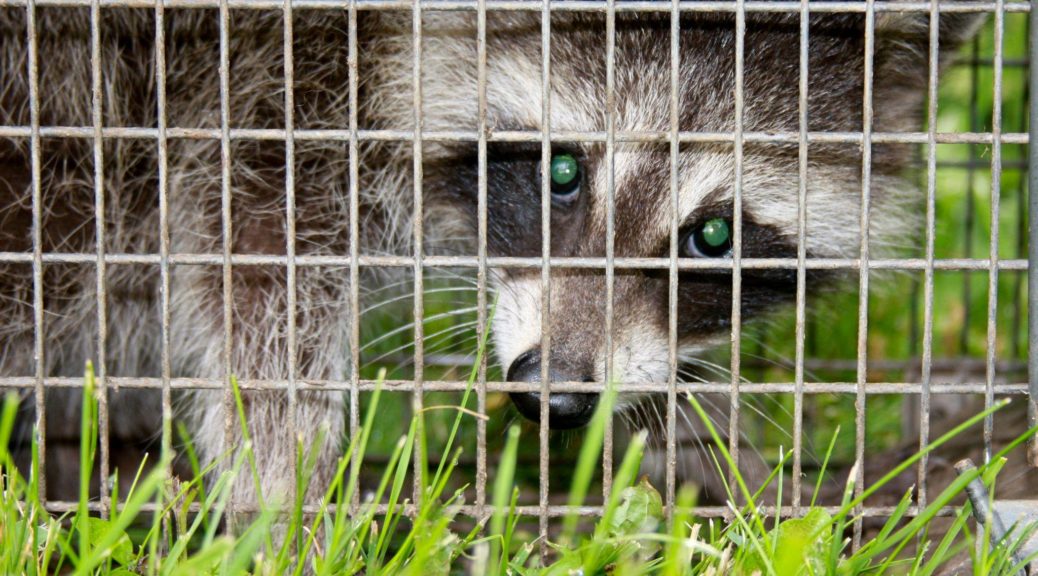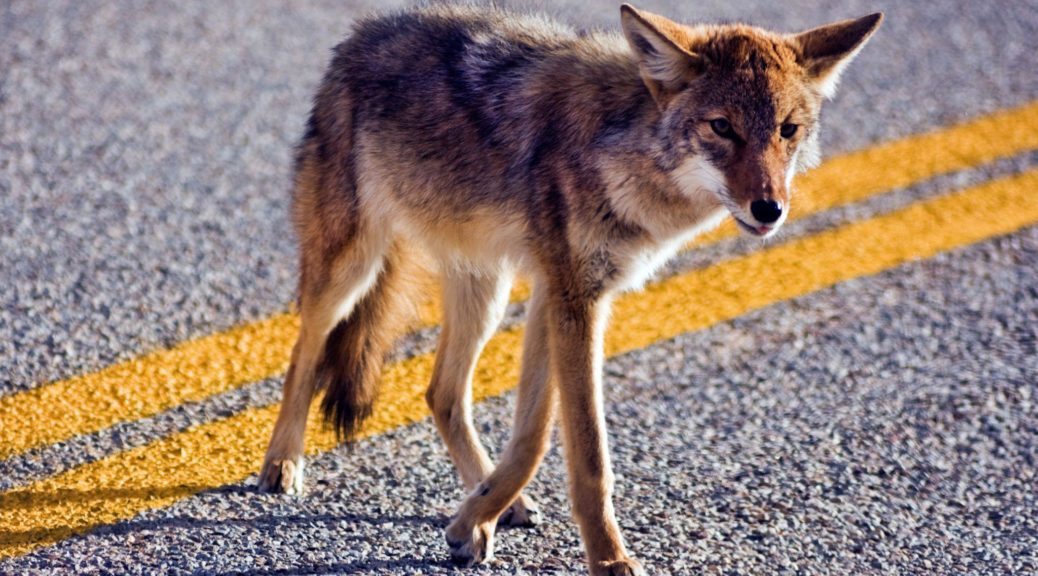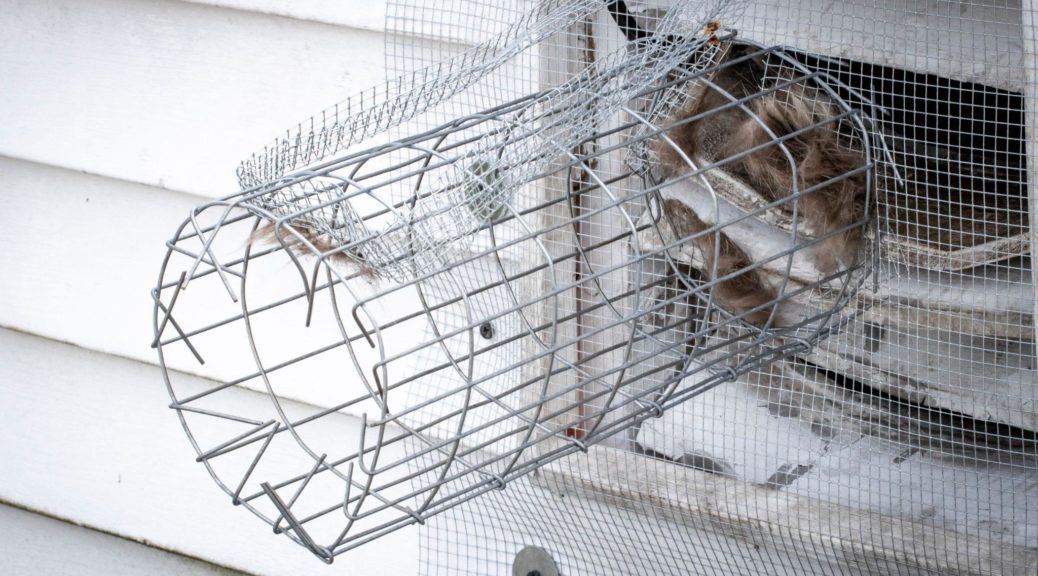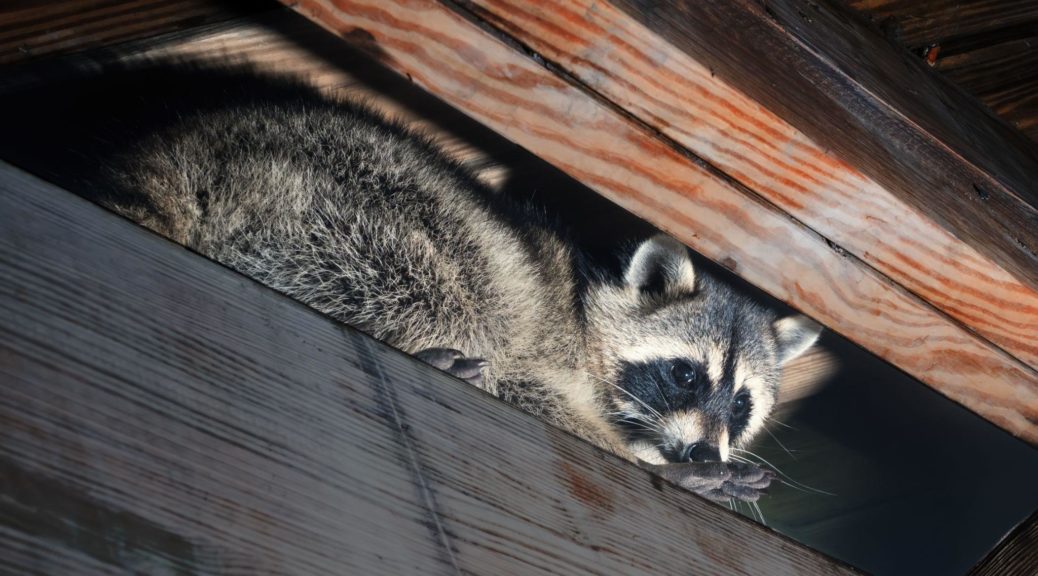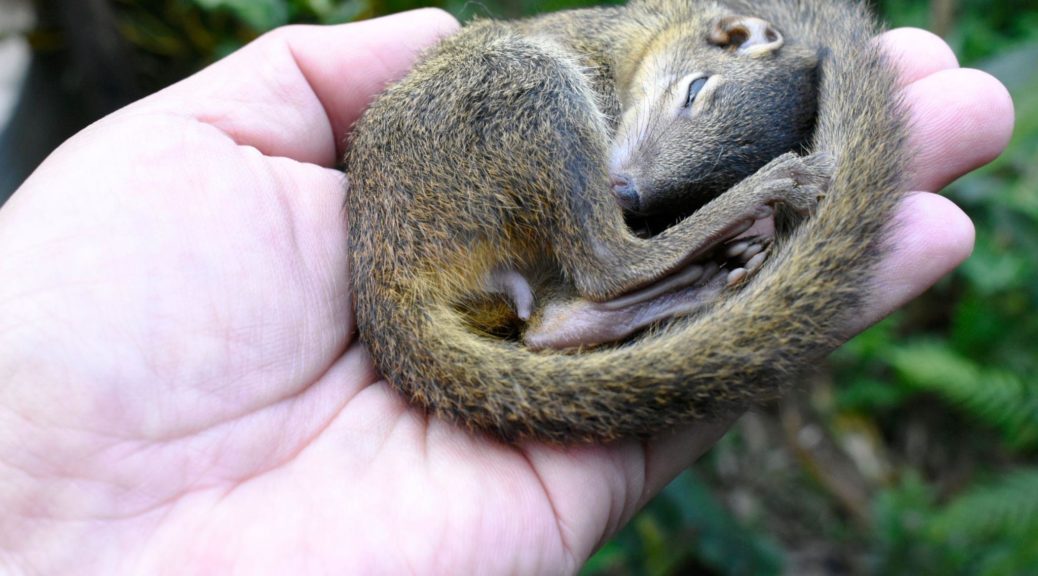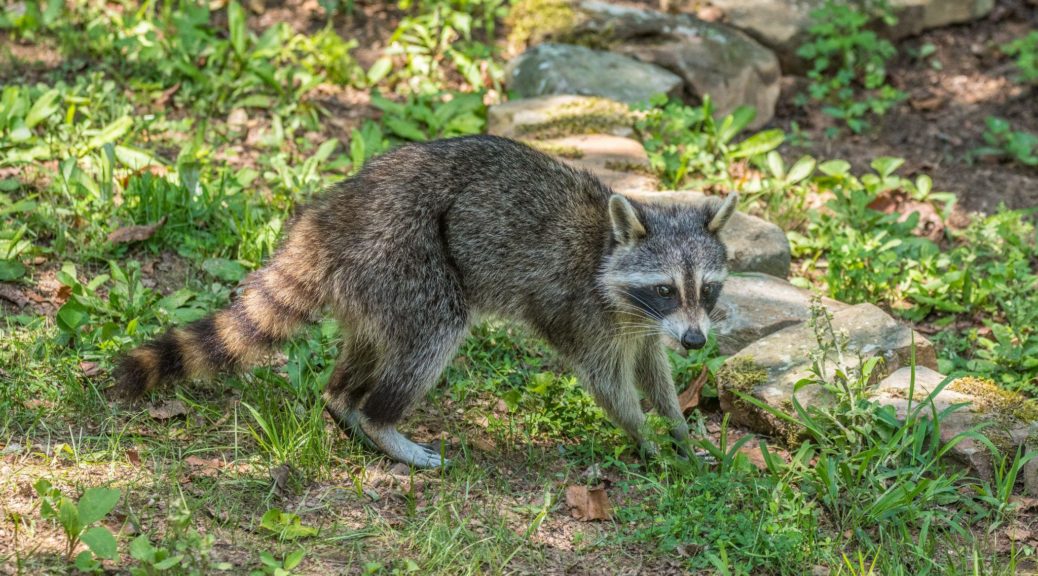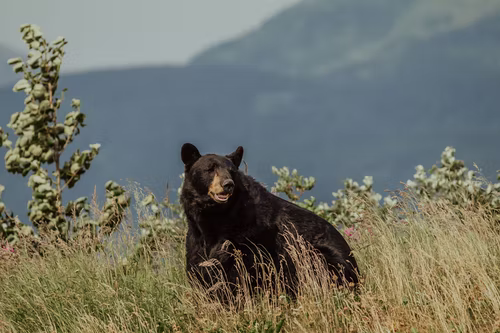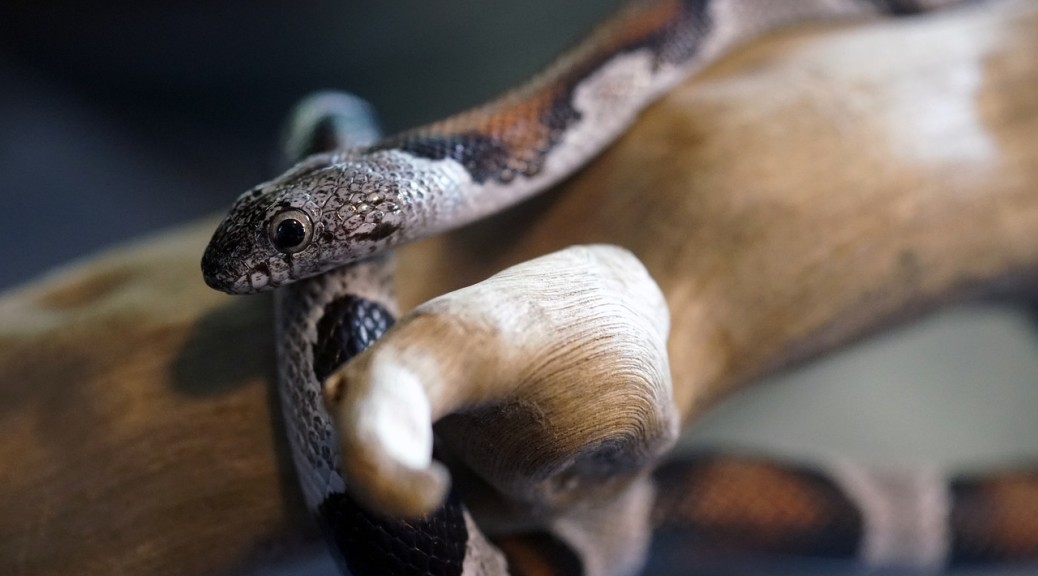Raccoons are opportunists in every sense of the word. When it comes to your vegetable garden, these “midnight bandits” will be more than happy to steal a few samples during a nightly foray. If they’re in your garden, these steps will help you repel raccoons.
How to Tell That Raccoons Are Invading Your Garden
There are a few ways to tell if you have a raccoon problem. Look for:
Holes – Raccoons are nocturnal omnivores that love insects, and they will dig holes in your lawn to find them.
Emptied or damaged bird feeders – These expert climbers have no qualms about damaging your bird feeders to get at seeds.
Tracks – Tiny prints that look like hands in the soil of your garden are sure signs of a raccoon visit.
Droppings – Raccoon feces can take many different shapes, but the appearance of berries in feces is a definite identifier.
Even if you don’t notice the above evidence of raccoon invasion, you can still apply the following steps.
Step 1 – Remove What Attracts Raccoons
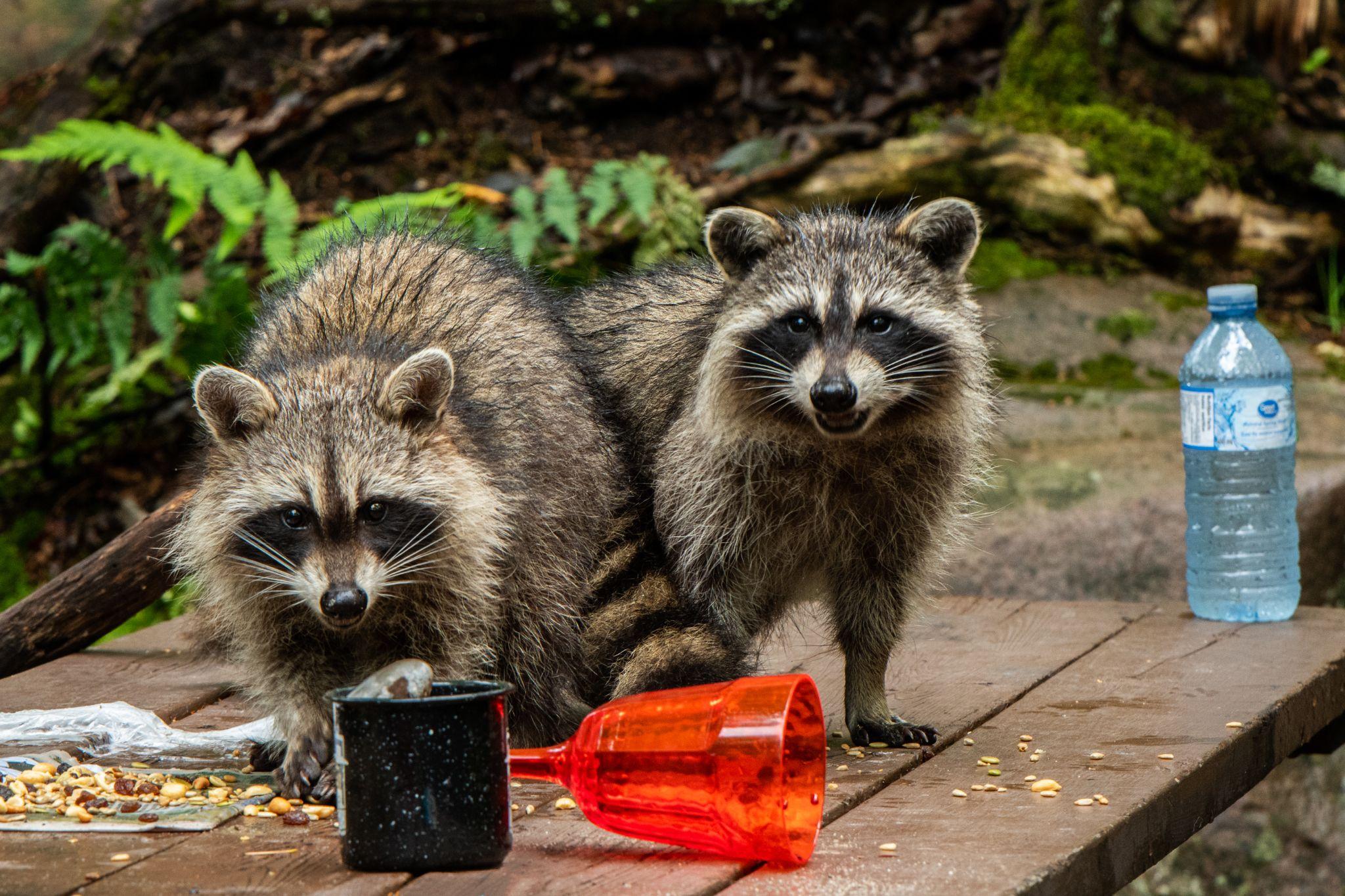
The more raccoons find to eat on your property, the more frequently they’ll visit. So make sure that any food sources (including cans and bottles) are removed. Also, clean and disinfect your trash bins regularly to eliminate any pungent smells.
Other food sources include any pet food and bird feeders, so be sure these are removed before dusk when raccoons start to come out.
Step 2 – Deter Raccoons
There are many things raccoons can’t stand. Loud noises, certain scents, and bright lights are a few. Raccoons hate cayenne pepper and mustard seeds, which you can sprinkle at the garden’s edge and between plants.
Another great raccoon deterrent is tuning a small radio to a talk station and leaving it at low volume; raccoons will think humans are nearby and avoid the area. Motion lights installed near the garden will also help keep raccoons out.
Step 3 – Secure Trash and Recycling
Thanks to their hand-shaped paws, raccoons can get into all kinds of containers. When your trash, recycling, and compost bins are secured with sealed and lockable lids, raccoons won’t target your property on their next nocturnal adventure.
Step 4 – Install Fencing
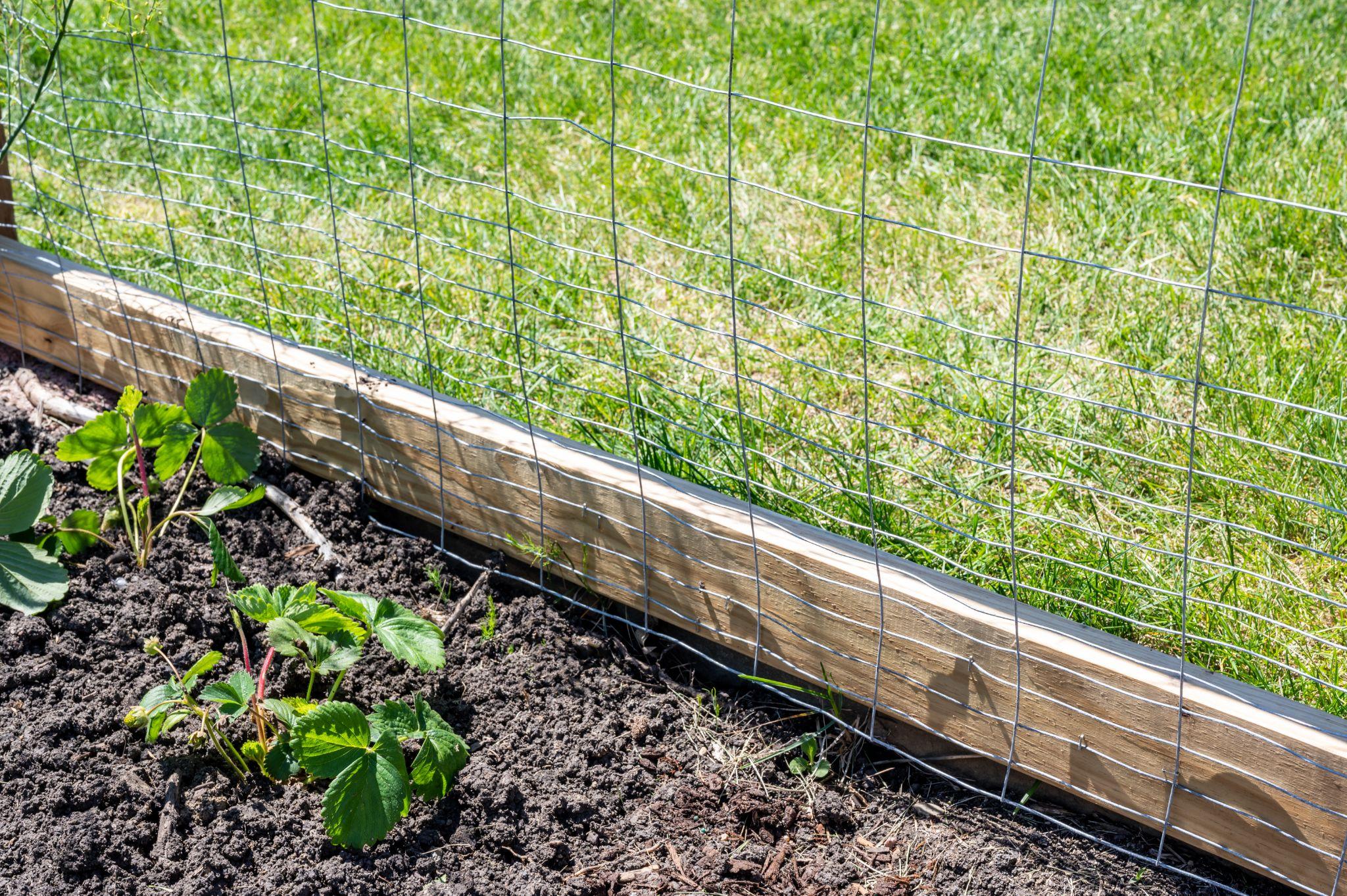
If you really want to get rid of raccoons, install electric or wire mesh fencing at your garden’s entry points. Electric fencing won’t hurt raccoons, but it will give them enough of a jolt to communicate that they’re not welcome. Ensure fencing is installed at least seven inches from the ground or buried between five and six inches into the ground to prevent digging.
Safe, Humane, and Professional Wildlife Removal
Keeping raccoons away can be difficult if they’re visiting in high numbers. Another effective way to prevent raccoons on your property is to call Animal Capture Wildlife Control.
We specialize in the safe and humane removal of raccoons, rodents, bats, and many other types of wildlife from properties in Los Angeles and the surrounding areas. Learn more about our services today.
